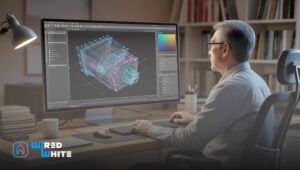
AI Engineering vs. Data Science: What’s the Real Difference in 2026?
As artificial intelligence continues to reshape industries, professions in this space are rapidly evolving. Two roles — AI Engineering and Data Science — have become
Please confirm you want to block this member.
You will no longer be able to:
Please allow a few minutes for this process to complete.